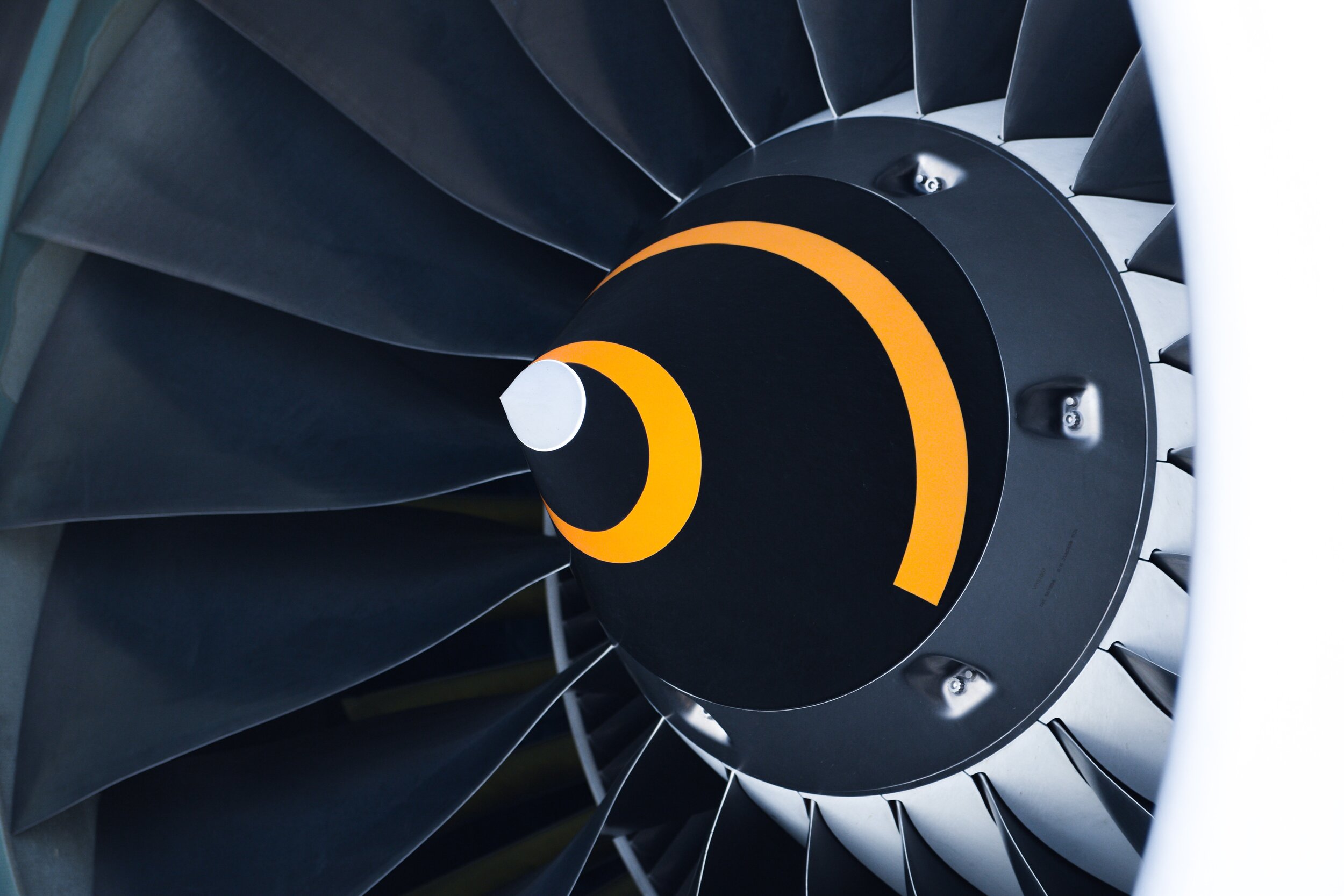
Supplier of Military Aircraft
In 1783, the first practical aircrafts, hot air and hydrogen balloons, were established and quickly adopted for military duties. Today, any fixed-wing or rotary-wing aircraft that is operated by a legal or insurrectionary-armed service of any type is considered a military aircraft. These aircrafts fall into two categories, combat or non-combat. Combat aircrafts are designed to destroy enemy equipment with their own aircraft ordnance or weapon. These aircrafts are typically developed and procured only by military forces. Non-combat military aircrafts are not designed with the primary function of combat in mind. These aircrafts act in support roles by carrying weapons or supplies for defense. Either civilian organizations or military forces may develop them.
Combat aircrafts, or “Warplanes,” are divided into broad categories, including fighter aircrafts, bombers, and attackers. There are several variations between the categories.
The main role of a fighter aircraft if to destroy the enemy’s aircrafts when engaging in air-to-air combat. These are fast and highly maneuverable, and may escort other combat aircrafts when needed. They are capable of carrying a number of kinds of weapons, including cannons, machine guns, guided missiles, and rockets. The modern fighter aircrafts of today are able attack from long distances.
Bomber aircrafts are typically heavier, larger, and less maneuverable than fighters. Bombers are almost exclusively used for ground attacks, as they are not fast enough to take on enemy fighters. They are capable of carrying larger payloads of bombs, cruise missiles, and torpedoes. Some bombers have only a single engine and require only one pilot, while others have two or more of both.
Attack aircrafts may be used to provide air support for ground troops. These weapons are able to carry both nuclear and conventional weapons beyond enemy lines to strike ground targets.
Electronic warfare aircrafts are used to degrade the effectiveness of enemy radio and radar systems.
A maritime patrol aircraft is a fixed-wing aircraft that is designed to make long journeys for long periods of time over water in maritime patrol roles. They also act as anti-submarine, anti-ship, and search and rescue aircrafts.Most of the combat aircrafts today have the ability to fill multiple roles. A multirole combat aircraft may be a fighter or a bomber, depending on what the mission calls for.
Noncombat roles of military aircrafts include reconnaissance, search and rescue, surveillance and observation, Airborne Early Warning and Control, transport, and aerial refueling. Many civil aircrafts have been produced in a separate model specifically for military use.
Reconnaissance aircrafts are primarily used for the gathering of intelligence and are typically equipped with cameras and other sensors. They are sometimes specially designed or may be a modified fighter or bomber type.
Military transport (or logistics) aircrafts are primarily used to transport supplies and troops. Cargo may be attached to pallets, making loading and unloading a simpler process. It may also be discharged from parachutes from the aircraft to eliminate the need for landing. Aerial tankers are also included in this category.
Airborne Early Warning and Control (AEW&C) systems are radar systems that are designed to detect ships, other aircrafts, and ground vehicles at long ranges, as well as to control and command the battle space in an air engagement.
Experimental aircrafts are designed as a way to test advanced aerodynamic, avionic, structural and propulsion concepts.







